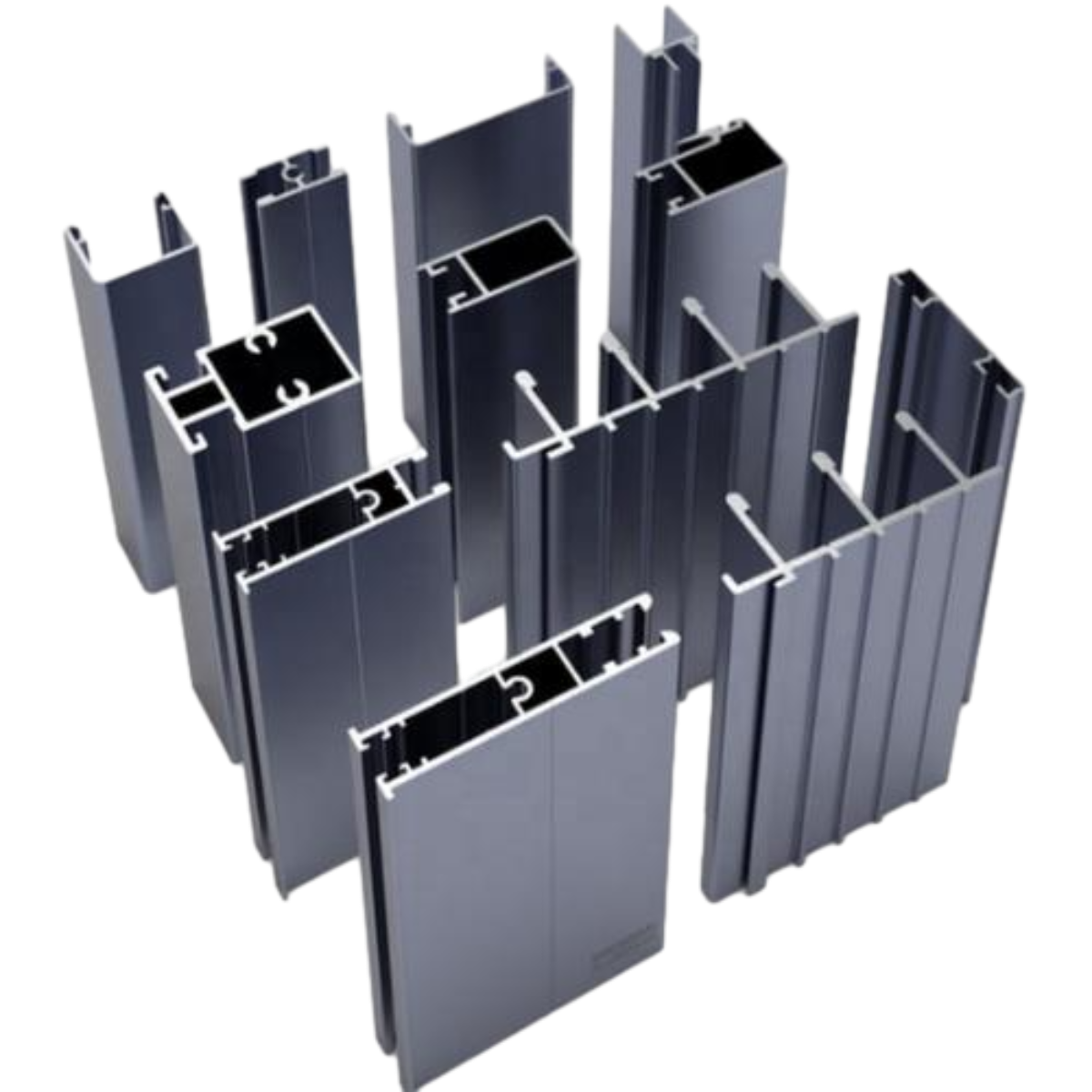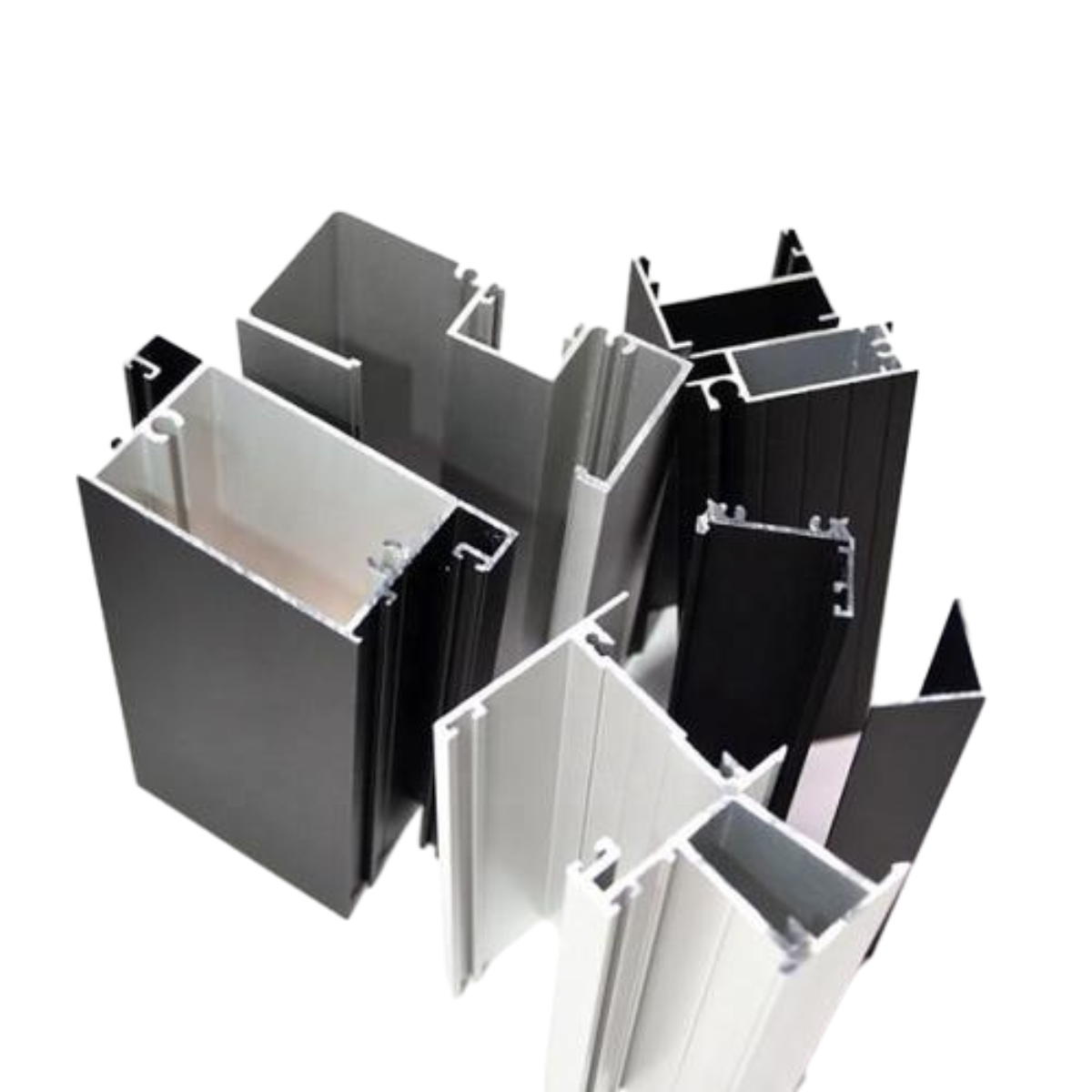Exploring the Benefits and Applications of Cast Iron Castings in Modern Industries
The Versatility and Benefits of Cast Iron Castings
Cast iron castings have been a foundational material in various industries for centuries. Known for their durability, versatility, and excellent casting characteristics, cast iron products can be found in numerous applications ranging from automotive to cookware. This article will explore the properties, manufacturing processes, uses, and advantages of cast iron castings.
What is Cast Iron?
Cast iron is a group of iron-carbon alloys with a carbon content greater than 2%. It is known for its excellent castability, which allows it to be poured into molds to create complex shapes. The primary types of cast iron include gray cast iron, ductile cast iron, white cast iron, and malleable cast iron. Each type has its unique properties, making them suitable for different applications.
Gray Cast Iron, for example, is characterized by its graphitic microstructure, which gives it excellent machinability and wear resistance. It's widely used in engine blocks and machine tool bases. Ductile Cast Iron, on the other hand, features spherical graphite inclusions, which impart improved ductility and strength, making it ideal for applications requiring high strength and toughness.
The Manufacturing Process
The manufacturing of cast iron castings involves several steps, including melting, pouring, and solidification.
1. Melting The raw materials, primarily iron, carbon, and alloying elements, are melted in a furnace. The melting temperature typically ranges between 1200-1400°C (2200-2550°F), depending on the specific type of cast iron.
2. Molding Once molten, the iron is poured into molds made from sand, metal, or other materials. The crafting of molds is a critical aspect of the process, as it determines the final shape and surface finish of the casting.
3. Pouring The molten iron is poured into the prepared molds. The cooling rate can affect the properties of the cast iron, with slower cooling often leading to a more ductile structure.
4. Finishing After the castings have cooled and solidified, they are removed from the molds. Finishing operations, such as grinding, machining, or polishing, are performed to achieve the desired dimensions and surface quality.
Applications of Cast Iron Castings
cast iron castings

The diverse properties of cast iron make it suitable for a wide variety of applications
.1. Automotive Industry Cast iron is commonly used in engine blocks, cylinder heads, and crankshafts due to its excellent wear resistance and thermal properties.
2. Construction In the construction sector, cast iron castings are used in pipes, fittings, and manhole covers. They are favored for their strength and durability, capable of withstanding high loads and harsh environmental conditions.
3. Cookware Cast iron cookware, such as skillets and Dutch ovens, is praised for its heat retention and even cooking capabilities. Many chefs prefer cast iron for its ability to achieve a perfect sear on meats and to bake evenly.
4. Machinery Industrial machinery parts such as frames and housings often utilize cast iron castings for their stability and strength under heavy loads.
5. Art and Architecture Cast iron is also used in decorative elements, including railings, gates, and sculptures. Its ability to take detailed shapes allows for intricate designs that enhance aesthetic appeal.
Benefits of Cast Iron Castings
The advantages of cast iron castings are manifold. They offer high wear resistance, excellent machinability, and good damping properties, making them ideal for applications that experience vibration. Their ability to withstand high temperatures makes them suitable for various thermal applications too.
Moreover, the cost-effectiveness of cast iron is notable. It remains one of the most economical materials for manufacturing complex shapes due to its excellent castability and relatively low production costs. Additionally, cast iron products have a long service life, reducing the frequency of replacement and maintenance costs in the long run.
Conclusion
In conclusion, cast iron castings play a vital role in countless industries. Their unique properties combined with cost-effectiveness and versatility ensure their continued relevance in modern manufacturing. As technology advances, the future of cast iron looks promising, with ongoing developments in casting techniques and material formulations enhancing their capabilities even further. Whether in your kitchen or on the shop floor, cast iron castings have undoubtedly earned their place as a material of choice across various sectors.
-
Why Choose Cast Iron for Your Next Project?NewsApr.27,2025
-
Timeless Charm of Cast Iron Decorative ElementsNewsApr.27,2025
-
Wholesale Cast Iron Products: A Growing Trend in Home and Garden DécorNewsApr.27,2025
-
The Advantages of Using Ornamental Cast Iron Parts in Your Design ProjectsNewsApr.27,2025
-
Why Ornamental Iron Castings Are Essential for Timeless DesignNewsApr.27,2025
-
The Elegance and Durability of Ornamental Cast Iron PanelsNewsApr.27,2025














